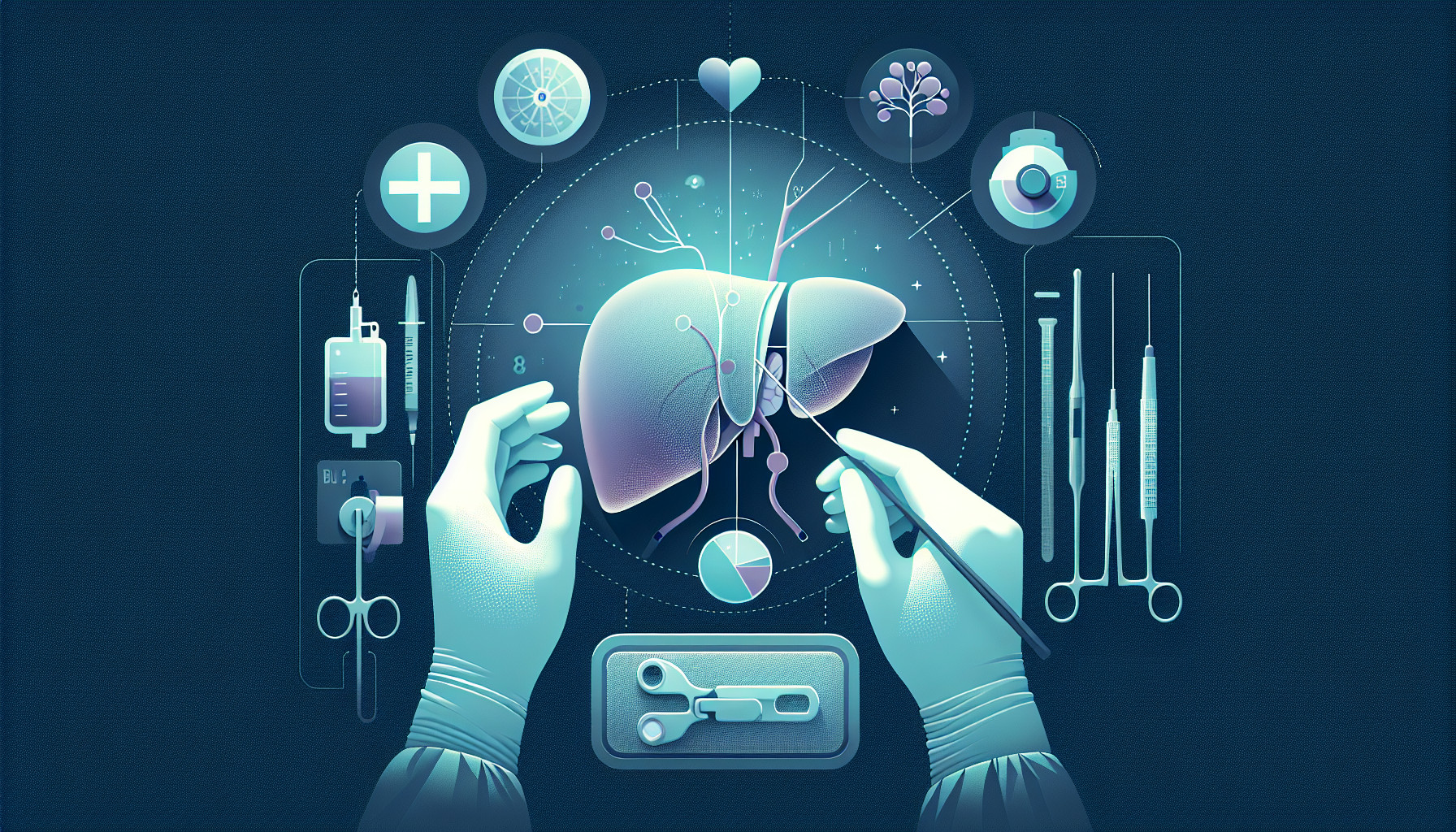Our Summary
This research paper discusses the challenges faced by teenagers and young adults who have undergone liver transplants as they move from child-centered to adult-focused health care systems. This transition period, known as Health Care Transition (HCT), can be difficult and is a critical time extending into adulthood. With an increasing number of pediatric liver transplant recipients growing into young adults, there is a pressing need for better, more structured methods for this transition. The paper suggests that a multidisciplinary approach to HCT should be standard for all young adults with liver transplants. This would require adult health care providers to adopt a framework called the Six Core Elements of Health Care Transition, which would allow these young patients to be smoothly and effectively incorporated into adult health care. The paper also underscores the need for more awareness, funding, and research into making this transition as successful as possible.
FAQs
- What is Health Care Transition (HCT) and why is it important for young adults who have undergone liver transplants?
- What is the Six Core Elements of Health Care Transition framework and how can it help young patients transition into adult health care?
- Why is there a need for more awareness, funding, and research into the transition of pediatric liver transplant recipients into adult health care systems?
Doctor’s Tip
A helpful tip a doctor might tell a patient about pediatric liver transplant is to make sure to follow all post-transplant care instructions carefully, including taking medications as prescribed, attending all follow-up appointments, and maintaining a healthy lifestyle. It is also important to communicate openly with healthcare providers about any concerns or changes in health status. Additionally, it is recommended to seek support from a multidisciplinary team that can provide guidance and assistance throughout the transition from pediatric to adult healthcare systems.
Suitable For
Patients who are typically recommended for pediatric liver transplant include:
- Children with end-stage liver disease due to conditions such as biliary atresia, metabolic liver disease, autoimmune hepatitis, or liver cancer.
- Patients with acute liver failure who are not responding to medical treatment.
- Children with genetic disorders affecting the liver, such as Wilson disease or alpha-1 antitrypsin deficiency.
- Patients with chronic liver disease that is causing severe complications and impacting their quality of life.
- Individuals who have previously undergone a liver transplant that has failed and are in need of re-transplantation.
Overall, pediatric liver transplant is considered for patients who have exhausted all other treatment options and have a high likelihood of benefiting from a liver transplant. These patients require a multidisciplinary team of healthcare providers to assess their eligibility for transplantation and to provide comprehensive care before, during, and after the transplant procedure.
Timeline
Before pediatric liver transplant:
- Patient is diagnosed with a liver disease or condition that requires a transplant
- Patient undergoes extensive medical evaluation and testing to determine eligibility for a transplant
- Patient is placed on the transplant waiting list and waits for a suitable donor organ to become available
- Patient may experience symptoms of their liver disease, such as fatigue, jaundice, and abdominal pain
- Patient and their family receive counseling and education about the transplant process and post-transplant care
After pediatric liver transplant:
- Patient undergoes the liver transplant surgery and begins the recovery process in the hospital
- Patient is closely monitored for signs of organ rejection and other complications
- Patient must take immunosuppressant medications for the rest of their life to prevent rejection of the new liver
- Patient requires regular follow-up appointments with a transplant team to monitor their health and adjust medications as needed
- Patient may experience physical and emotional challenges as they adapt to life with a new liver
- As the patient reaches adolescence and young adulthood, they face the challenge of transitioning from pediatric to adult healthcare systems
- Patient may need additional support and resources to navigate this transition and ensure continuity of care
Overall, the journey before and after a pediatric liver transplant is a complex and challenging one that requires ongoing care and support to ensure the best possible outcomes for the patient.
What to Ask Your Doctor
What is the success rate of pediatric liver transplants overall, and specifically in my child’s age group?
What are the potential risks and complications associated with pediatric liver transplant surgery?
How long is the recovery process typically for pediatric liver transplant patients?
What medications will my child need to take after the transplant, and are there any potential side effects?
How often will my child need to follow up with their transplant team after the surgery?
Are there any specific dietary or lifestyle changes my child will need to make post-transplant?
What signs or symptoms should I watch for that may indicate rejection or other complications?
How will the transition from pediatric to adult care be handled, and what support services are available to assist with this process?
Are there any long-term effects or considerations my child should be aware of as they grow into adulthood post-transplant?
What resources or support groups are available for pediatric liver transplant patients and their families?
Reference
Authors: Yang N, Vittorio J, King LY. Journal: Liver Transpl. 2024 Sep 1;30(9):945-959. doi: 10.1097/LVT.0000000000000401. Epub 2024 May 28. PMID: 38915180
